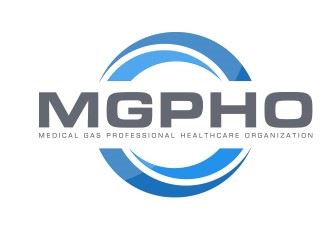Peter thank you for your comments, sorry that my intervention was incomplete, I was referring to, as you well mentioned, that if General Anesthesia or deep sedation is performed, which is established in the risk analyzes as a determinant to establish the category of the facility, a dental center or any other health care facility must have a WAGD or Scavenging system,
As Corky mentions, in this particular topic of intravenous anesthesia (TIVA TCI), this procedure is in full evolution, to give analgesia or deep sedation the intravenous bolus is widely used, however when we go to general anesthesia, the use of combined anesthesia, halogenated agents and intravenous anesthetics is widely used, this responds to many conditions of the patient as well as the school of the anesthesiologist, this explains the need to maintain the WAGD / Scavenging stations where general anesthesia is administered. It is very likely that in the future halogenated agents will no longer be used entirety, when we get to that, it will be necessary to review that requirement. That is my opinion in the referred topic

